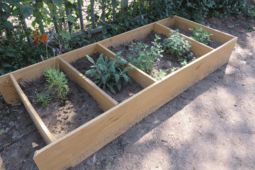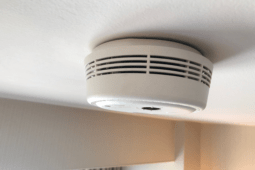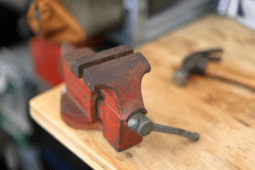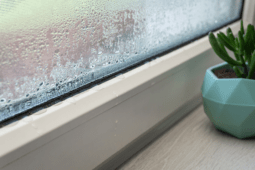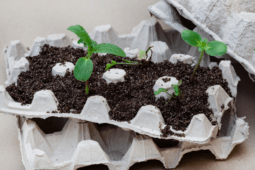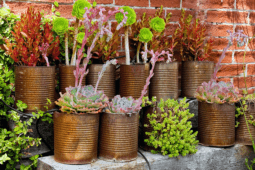Crucial Warning Signs Your Plants Are Crying Out for Help
As you stroll through your garden, admiring the fruits of your labor, have you ever wondered if your plants are trying to tell you something? Just like a child with a tummy ache, your green friends have ways of communicating when they’re feeling under the weather. But fear not, aspiring garden whisperers! With a keen eye and a little know-how, you can learn to decipher these botanical SOS signals and come to the rescue before it’s too late.
In this comprehensive guide, we’ll explore the crucial warning signs your garden wants you to notice. From wilting leaves to mysterious spots, we’ll help you become fluent in the language of plants. So grab your gardening gloves, and let’s dig in!
1. Wilting Woes
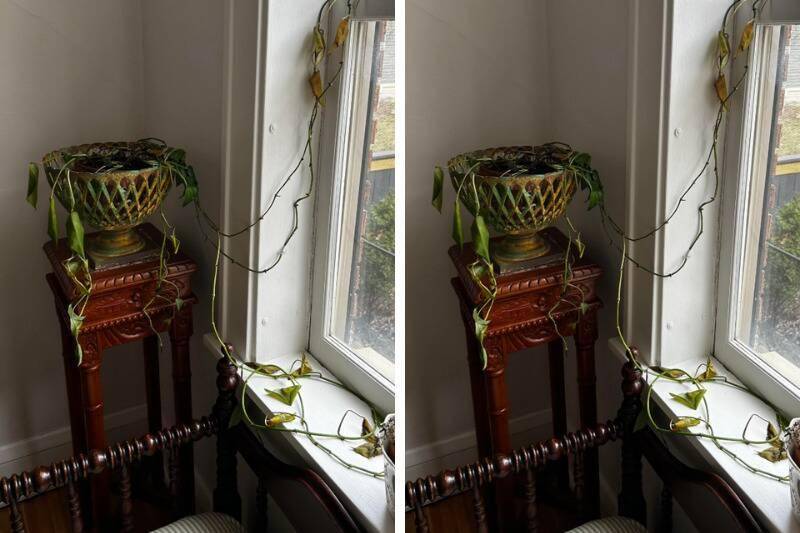
Wilting is often one of the first signs that something’s amiss in your garden. While it’s normal for plants to droop a bit during the hottest part of the day, persistent wilting is cause for concern.
If your plants are looking limp and lifeless, it could be a soil issue. Overwatering and underwatering can both lead to wilting, so check the moisture level of your soil before reaching for the watering can. Remember, plants are like Goldilocks – they need their soil conditions to be just right!
2. Leaf Curl
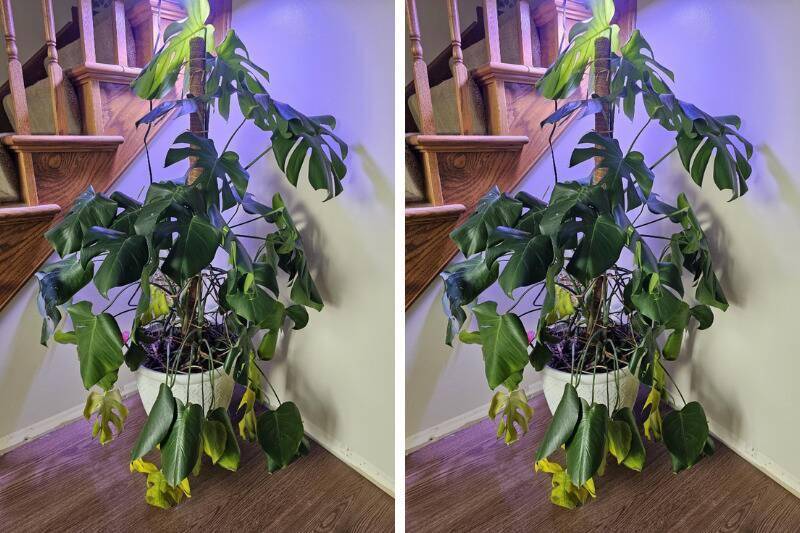
Have you noticed your plant’s leaves curling up like they’re trying to hide? This could be a sign of heat stress. Plants curl their leaves to reduce surface area and conserve moisture when temperatures soar.
If you spot a leaf curl, consider providing some shade or increasing watering frequency. Your plants will thank you for the extra TLC by perking right back up!
3. Yellow Alert
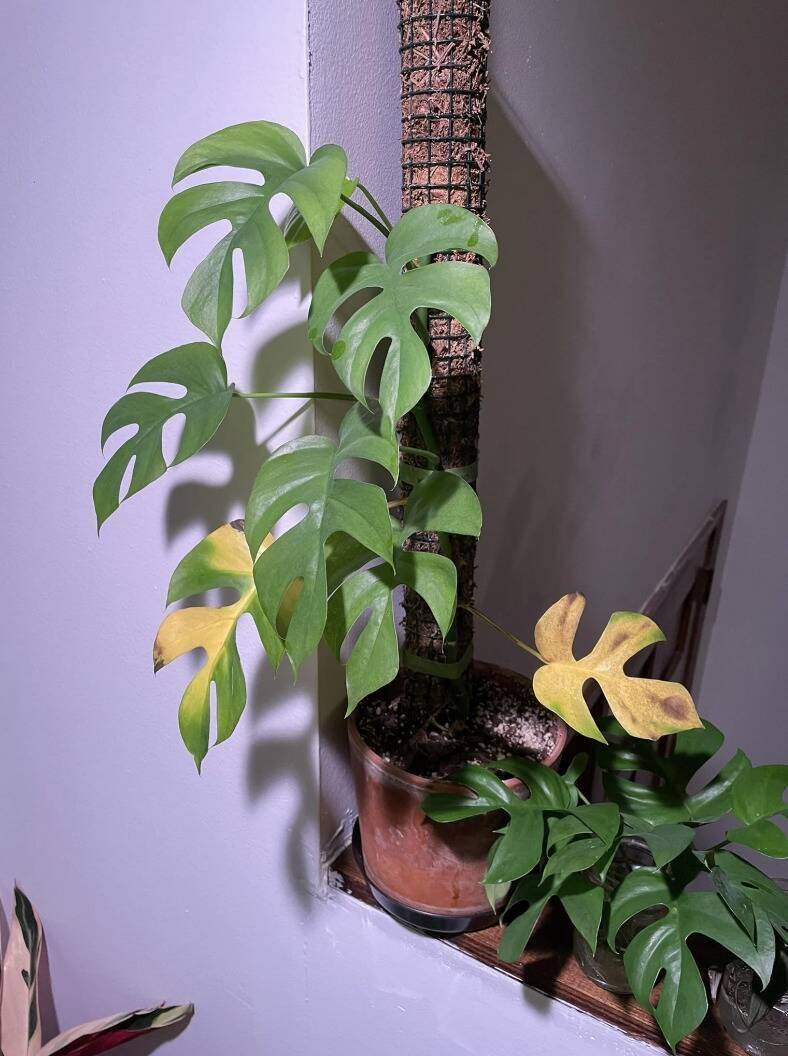
Yellowing leaves can be a gardener’s nightmare but don’t panic just yet. This common problem can have multiple causes, from nutrient deficiencies to overwatering.
Check the soil moisture and adjust your watering schedule if needed. If the problem persists, it might be time to break out the fertilizer or consider a soil test to identify any nutrient imbalances.
4. When Your Leaves Turn Brown
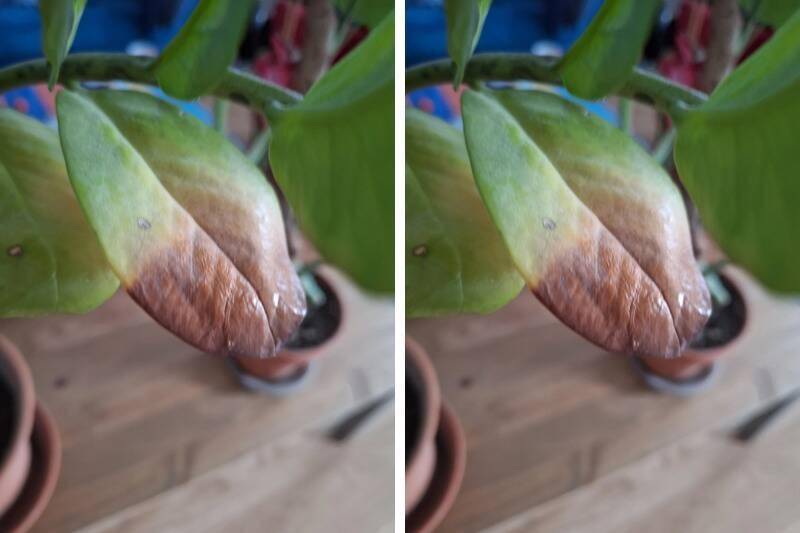
Brown spots on leaves can be a sign of fungal infections or pest damage. If you notice circular spots with yellow halos, it’s time to put on your detective hat and investigate further.
To prevent the spread of disease, isolate affected plants and remove damaged leaves. If the problem is widespread, consider using a fungicide. Always practice good garden hygiene to keep your plants healthy.
5. Leaning Leaves
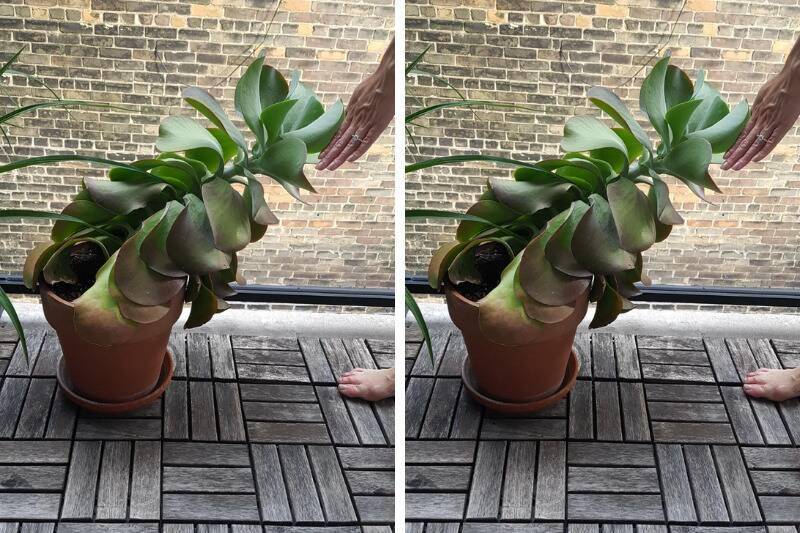
If your plants are leaning to one side like they’re trying to escape, it could be a sign of uneven light distribution or weak roots. While it’s natural for plants to grow towards light sources, excessive leaning can lead to structural issues.
Rotate your plants regularly to promote even growth, and consider staking taller plants for support. If the problem persists, it might be time to repot with fresh soil to give those roots a boost.
6. Root Problems
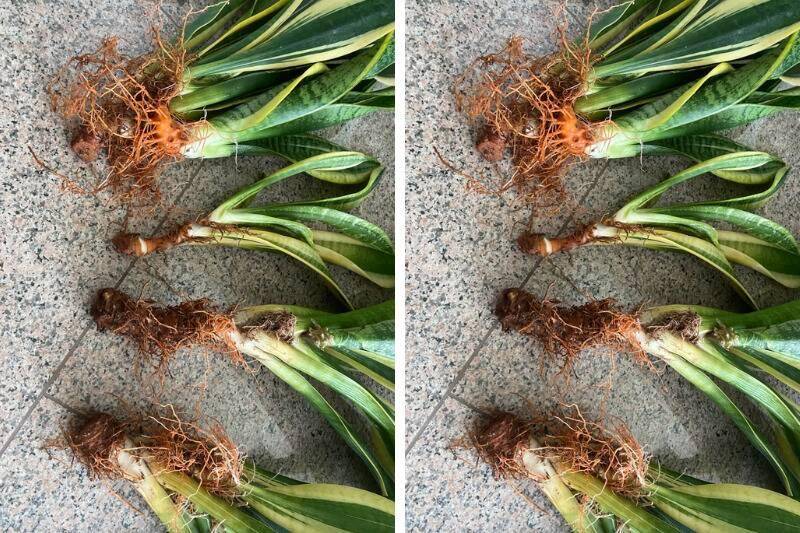
Healthy roots are the key to a thriving garden. If you notice brown, mushy roots when repotting or inspecting your plants, you may be dealing with root rot.
Trim away affected roots and repot in fresh, well-draining soil. Adjust your watering habits to prevent future issues, and consider using a fungicide to treat any lingering problems.
7. Swiss Cheese Leaves
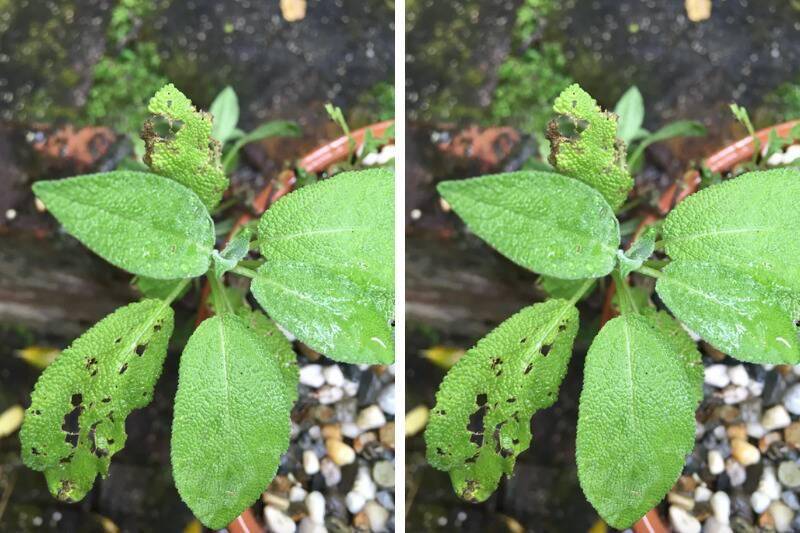
If your plant leaves are riddled with holes, you might have some uninvited dinner guests in your garden. Insects like caterpillars and beetles can turn your plants into an all-you-can-eat buffet if left unchecked.
Inspect your plants regularly for signs of pests and use appropriate insecticides or natural remedies to keep them at bay. Remember, prevention is always better than cure!
Related Articles
- Six Ways Cinnamon Can Support Your Plants’ Growth to Enhance Your Garden
- Rat-Proof Your Garden Naturally With These 3 Proven Plants
- Mulch Ado About Autumn: 7 Plants to Prepare for Winter
Becoming fluent in the language of plants takes time and practice, but it’s a skill that will serve you well in your gardening journey. By learning to recognize these crucial warning signs, you’ll be able to address problems quickly and keep your garden thriving. So, the next time you take a stroll through your garden, keep your eyes peeled for these telltale signs. Your plants will thank you for it, and you’ll enjoy a lush, healthy garden that’s the envy of the neighborhood. Happy gardening!

